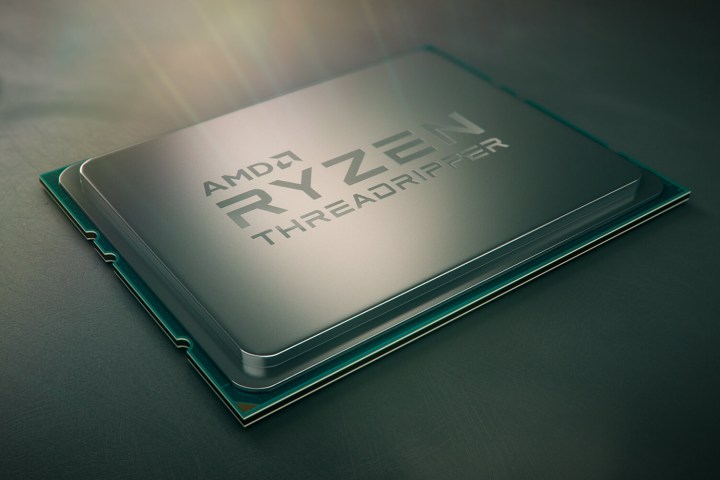
Out of the box, this chip has a base clock speed of 3.4GHz, a boost speed of 4.0GHz, and a maximum speed of 4.2GHz via the Extended Frequency Range (XFR) feature used in AMD’s new “Zen” processor design. But the liquid-cooled chip went beyond that XFR clock speed using all 16 cores. This was accomplished by slowing down the PCI Express lanes and feeding the chip extra voltage while slowly cranking up the speed of all physical cores.
In the first stage of the overclocking event, Lab501 reached 4.8GHz and loaded up the popular Cinebench performance measuring software to achieve a score of 3,688. The team then increased the overclocked speed to 5.2GHz and saw a score of 4,122 in Cinebench. Prior to the event, the highest score achieved by a 16-core processor in Cinebench was 2,867.
The 1950X processor is one of three Ryzen Threadripper chips officially announced by AMD on Sunday. Three more are expected to arrive in the future without the “X” branding: the 16-core 1950, the 12-core 1920, and the 8-core 1900. The base and boost speeds are unknown for now, but they will likely have the same 180-watt power draw as the three current chips.
As we noted last week, the big duel between AMD and Intel will be with their 16-core, 12-core, and 8-core models. And now that AMD has officially announced its Ryzen Threadripper 1900X, we can better compare AMD against Intel’s Core i7-7820X in a performance-per-dollar ratio.
AMD’s low-tier Threadripper chip still won’t hit the same maximum speed as Intel’s solution, but it has a faster base speed and costs slightly less. The chip’s shortcoming regarding its maximum speed could theoretically be ratified by overclocking the chip, but not at the speeds seen during AMD’s special event during SIGGRAPH 2017.
News of the Threadripper overclocking limits arrives after Der8auer delidded the 16-core 1950X model to discover that Threadripper chips are rebranded Zen-based Epyc server processors AMD recently launched for the data center market. What components AMD activated and deactivated in the Epyc design for the enthusiast desktop market is unknown.



